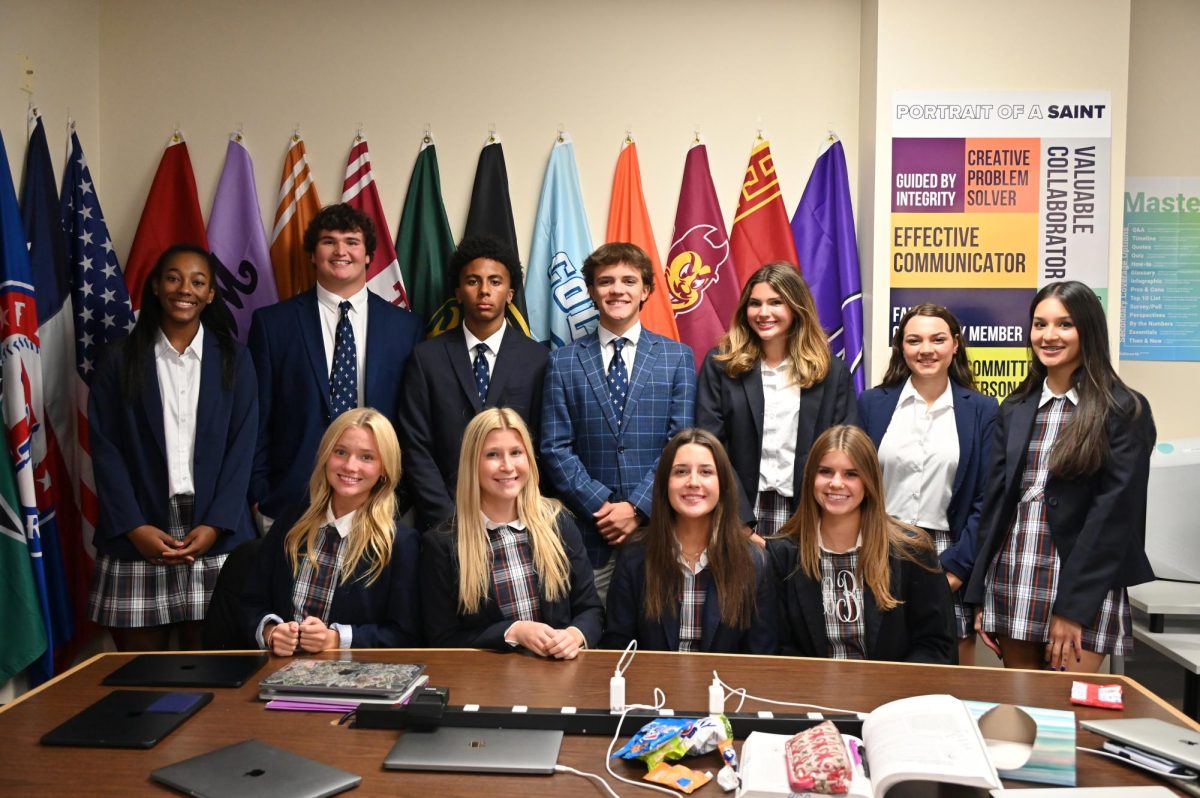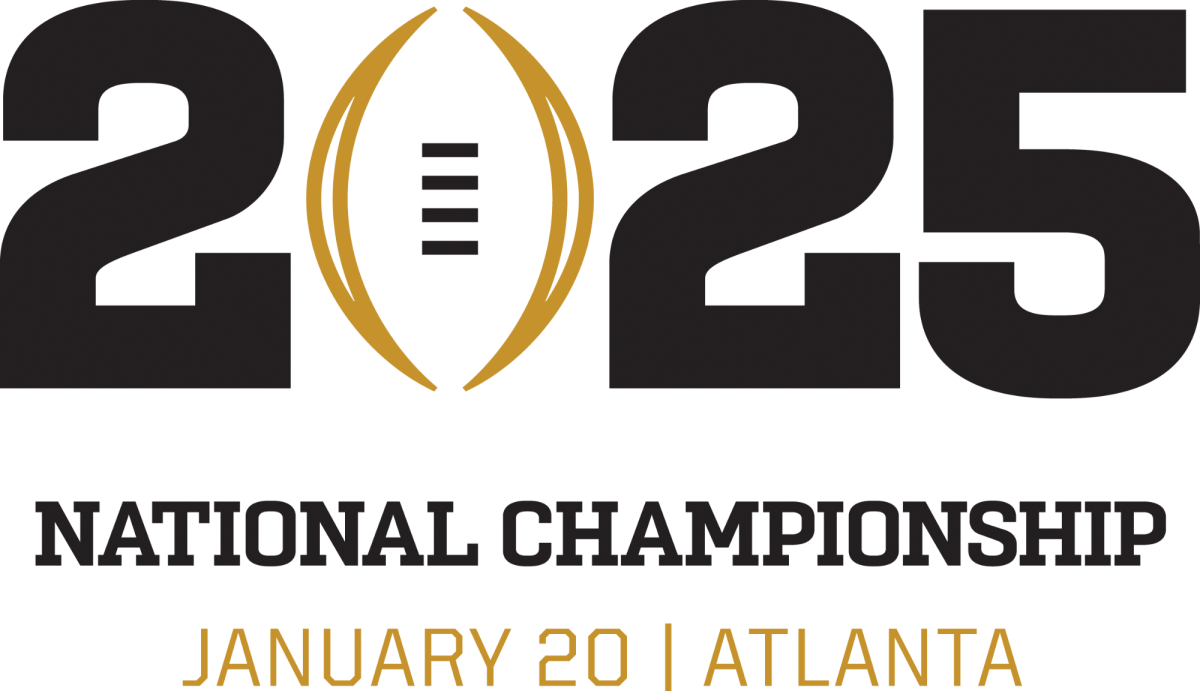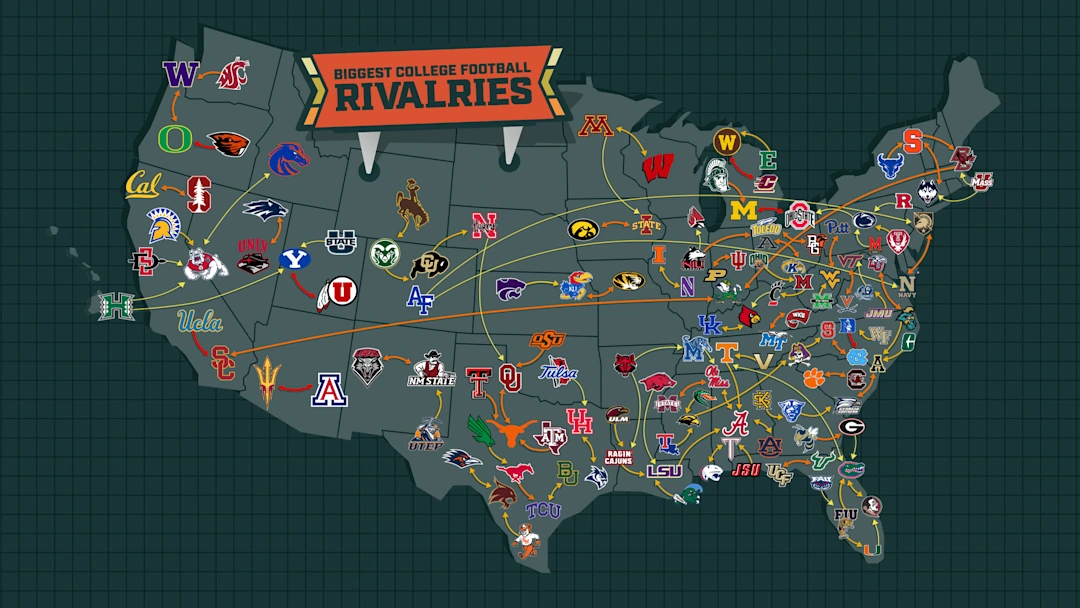Have you ever wondered how educational funding affects the student body? Government funding greatly impacts educational institutions and how well they perform. Numerous bills have been passed and proposed to help institutions excel. Independent schools and Public schools are funded in two different ways. Independent schools are funded with tuition dollars and donations, because tuition dollars alone do not fully cover the operational costs of the school. However, Public Schools are funded by tax dollars at a certain rate per student. According to The Republic Party of Texas the average school tax rate is $1.35 per student.
I spoke with Hudson Christie, a junior at Aledo High School, about how government funding allows for more technological advancements, more extracurricular activities, and ultimately his favorite part about attending a Public School. Christie has attended Aledo ISD schools since he was in Kindergarten and plans to graduate from Aledo High School next year. “At Aledo, we just got brand new Apple Desktops in our computer lab. We have 4 computer labs which allows the students to do advanced coding classes, and overall just become advanced in the technology realm of things.” Christie stated that they previously had Dell Desktops and that they often replace their computers about every 5 years. “Here at Aledo, we have tons of extracurricular activities such as dance, band, robotics, chess, UIL Clubs, and all the mainstream sports.” Christie stated that he believes the best part about Public Schools and their funding is that it is free for him and his family, and there are so many opportunities presented to them with new technologies, more classes, etc.
Looking at Independent Schools and how their funding affects the student experience, All Saints’ Episcopal School student Hank Parrish spoke about how private funding such as donations and tuition affects technological advancements, extracurricular activities, and ultimately his favorite part about attending a Independent School. Parrish has attended All Saints’ since seventh grade.When asked how often the school gets new software like computers, wifi, virus protection, etc., “We do not get new technology very often. However, when we do we get all new stuff.”
Independent Schools are not funded by the government, they are funded from tution and donations from the broader school community. This allows them to “govern themselves” rather than the government tell them what to do. “All Saints’ provides extracurricular activities including mainstream sports and multiple fine arts offerings. All Saints’ does nothave a dance team or competitive cheer.” Parrish said he wished that All Saints’ offered more extracurricular activities, however, he said that there are abundant types of classes you can take including herpetology, ornithology class, cyber security, entrepreneurship, sports broadcasting, and many more. ”I love how diverse the classes here are, and it allows you to figure out what you enjoy before you take the next step in your life and attend college.” Parrish said his favorite part about All Saints’ is the community that surrounds it and the people within that community.
In summary, Independent schools have to raise their own funds and they get most of their funding through student tuition, fundraising events, gifts, and endowments from donors. Funding for public schools is a three-tiered process. The federal government allocates a certain amount of funds to each state for education. The state government contributes through income taxes, lotteries, and property taxes. The local government may also contribute through taxation funds. Some public schools these days have resorted to some amount of fundraising on account of budget cuts, according to Diffen. So with all this information, what would you rather do: Attend a Private or a Public school?





































